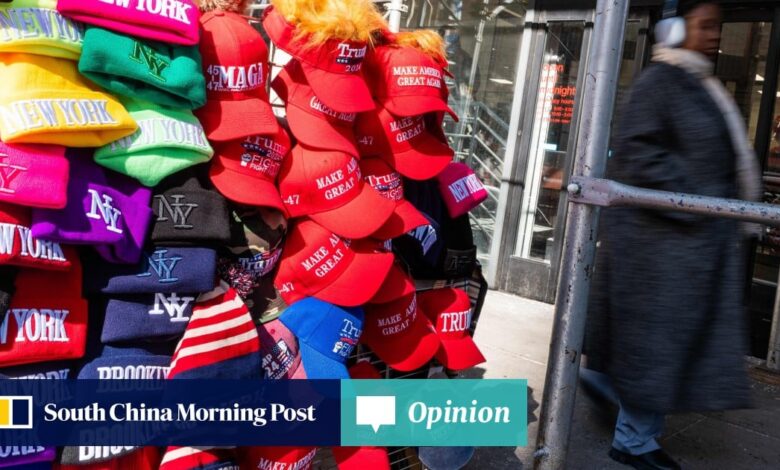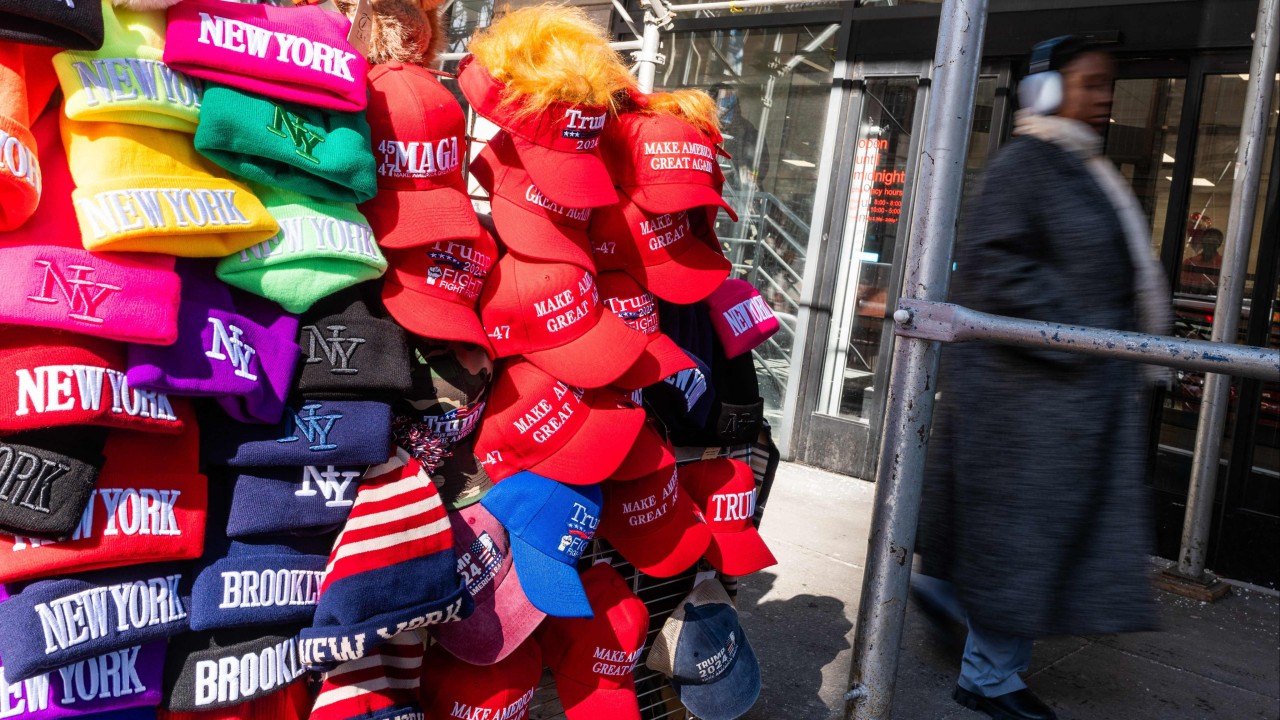The
opening salvoes of US President Donald Trump’s
trade war have sent shock waves around the world. Over the past three weeks, his administration has broken with decades of
free-trade orthodoxy, threatening to impose tariffs not only on strategic adversaries like China but also on long-standing allies like Canada and Mexico. Even Denmark – a
Nato member and steadfast US ally – has found itself in Trump’s crosshairs.
Trump’s actions have made many in the United States and around the world wonder: what exactly are tariffs and how do they affect global trade? Simply put, tariffs are taxes on imported goods. If a Chinese manufacturer wants to sell shoes in the US, the American government can impose a tariff. If a US retailer pays US$100 for a pair, then a 10 per cent tariff, like the one that Trump recently imposed on goods from China, means that the retailer must pay the US government US$10.
Those US$100 shoes now cost US$110. Who pays the extra US$10? When Trump raised tariffs on Chinese imports during his first term, American importers bore most of the cost, particularly when they could not find alternative suppliers. Consequently, retail prices remained relatively stable, at least in the first year.
But the picture becomes more complicated when tariffs remain in place for an extended period. US importers cannot absorb the added costs indefinitely and may go out of business unless they
find new suppliers or
pass those costs onto consumers, who may then need to cut back on spending.
When one country uses tariffs or other sanctions to damage another country’s economy, the result is often retaliation and a trade war. China, for example, responded to Trump’s tariffs by imposing its own
tariffs on US imports. Yet, although Chinese and US tariffs are based on similar reasoning, their impact will not necessarily be the same.
During the first US-China trade war, most of the burden of China’s retaliatory tariffs was borne by American exporters rather than Chinese importers. This was because China quickly found alternative suppliers for the goods it had previously sourced from the US. Oil and food – two of the top US exports to China – were
readily supplied by Russia and other countries. Meanwhile, the US struggled to replace Chinese imports, forcing American businesses and consumers to
bear the brunt of Trump’s tariffs.





